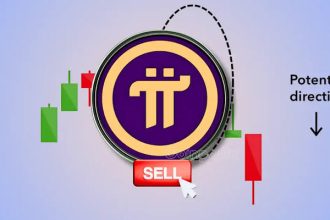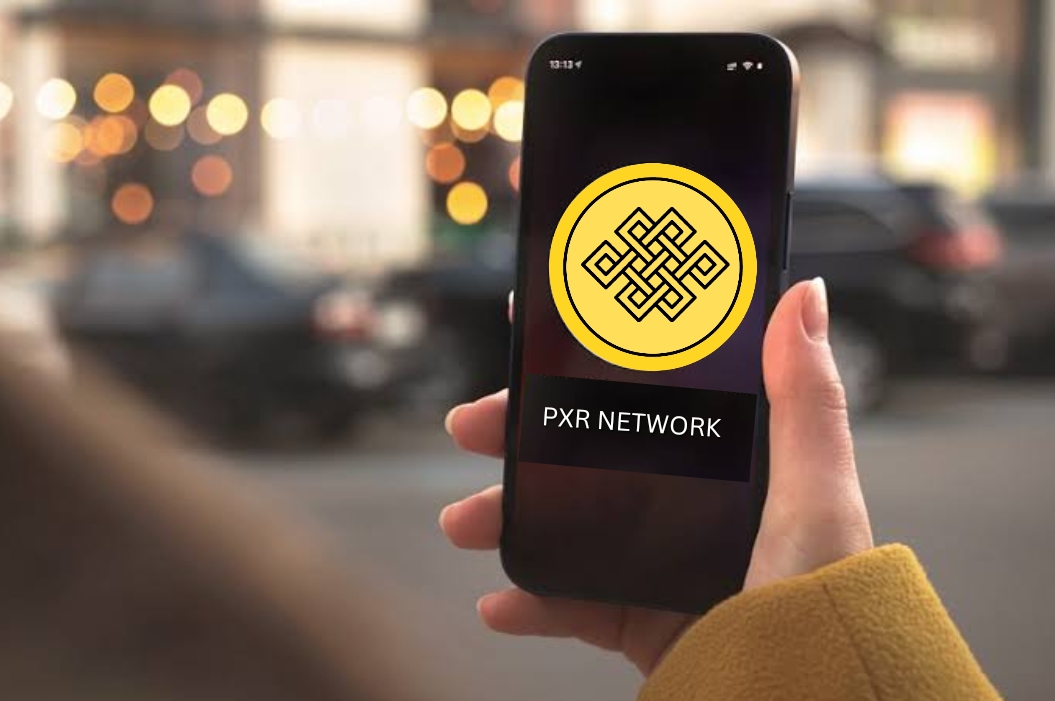This article provides a step-by-step guide to creating your own token, understanding tokenomics, selecting the right blockchain, deploying smart contracts, and even launching your project while minimizing or avoiding high gas fees. Whether you are building a community token, a decentralized application (DApp), or experimenting with tokenized ecosystems, this guide gives you the essential roadmap to start.
Understanding Tokens vs Coins
Before diving into token creation, it’s important to differentiate between coins and tokens.
| Feature | Coins | Tokens |
|---|---|---|
| Definition | Native cryptocurrencies built on their own blockchain (e.g., Bitcoin, Ethereum) | Cryptocurrencies created on existing blockchains (e.g., ERC-20 tokens on Ethereum) |
| Infrastructure | Requires building a blockchain from scratch | Uses an existing blockchain network |
| Cost to Build | Expensive & resource-intensive | Relatively cheap & accessible |
| Best Use Case | Building a completely new chain ecosystem | Launching projects, startups, utilities, or community coins |
Key Insight: For most new projects, especially those with limited budgets, creating a token (not a coin) is the smarter, faster, and cheaper option.
Choosing the Right Blockchain for Low Costs
Not all blockchains are created equal. Some have high gas fees (Ethereum), while others focus on low-cost, fast, and scalable transactions.
Top Options for Low-Cost Token Creation
- Binance Smart Chain (BSC) – BEP-20 standard, gas fees $0.10–$0.50, large community.
- Polygon (MATIC) – ERC-20 compatible, gas fees <$0.01, strong DeFi ecosystem.
- Solana (SOL) – SPL tokens, gas ~$0.0001, very fast & scalable.
- Sui & Aptos – Native Move language, extremely low fees, built for scalability.
- TRON (TRC-20) – TRC-20 tokens, nearly free with resource optimization.
Defining Your Tokenomics
Tokenomics defines how your token works, who gets it, and why it has value.
Key Elements
- Total Supply – Fixed or inflationary?
- Distribution Model – Pre-sale, airdrops, staking rewards.
- Utility – Payments, governance, access to services, or gaming.
- Vesting & Lockups – Prevents immediate dumping.
- Burning Mechanisms – Reduces supply to increase scarcity.
| Category | Allocation | Vesting Period | Notes |
|---|---|---|---|
| Team | 20% | 12 months lock, gradual release | Ensures long-term commitment |
| Community Airdrop | 10% | Immediate | Growth hacking strategy |
| Public Sale | 40% | Flexible | Main liquidity driver |
| Staking Rewards | 20% | On-going | Incentivizes holders |
| Treasury | 10% | Reserved | Future ecosystem development |

Tools to Create Your Token for Free
You don’t need to code from scratch. Several tools and platforms allow you to create tokens with just a few clicks.
- Remix + OpenZeppelin Templates – Open-source smart contract templates.
- CoinTool App – GUI-based ERC-20/BEP-20 generator.
- ThirdWeb – No-code smart contract deployment platform.
- Moralis – Provides APIs and SDKs for developers.

Deploying Your Token
- Set up a crypto wallet (MetaMask, Phantom, or TronLink).
- Get testnet tokens to practice first.
- Use a generator or write a contract with Remix/OpenZeppelin.
- Pay minimal gas fees to deploy.
- Verify on block explorers like Etherscan or BscScan.
Adding Your Token to a Wallet
Once deployed, import your token’s contract address into your wallet (e.g., MetaMask). Customize logo and share with the community.

Building a Community Around Your Token
- Open social channels (Telegram, X, Discord).
- Launch a whitepaper and roadmap.
- List on decentralized exchanges like PancakeSwap or Raydium.
- Run airdrops and staking campaigns.
Avoiding High Gas Fees
Strategies to minimize costs include:
- Use Layer 2 networks (Polygon, Arbitrum).
- Batch airdrop transactions.
- Deploy contracts during off-peak Ethereum hours.
| Blockchain | Average Gas Fee |
|---|---|
| Ethereum | $3–$30 |
| Polygon | <$0.01 |
| Solana | $0.0001 |

Compliance and Security
- Audit smart contracts to prevent exploits.
- Follow KYC/AML laws if raising funds.
- Avoid promises of guaranteed returns.
Future of DIY Crypto Tokens
The barrier to entry is lower than ever. With new platforms like Sui, Aptos, and Polygon 2.0, entrepreneurs can launch projects without spending thousands of dollars.
Tokens are becoming a way to fund startups, reward communities, and create digital economies. Expect more community-driven projects that start small and evolve into larger ecosystems.
Conclusion
Creating a crypto token today is cheaper, faster, and more accessible than ever before. With free tools, low-fee blockchains, and open-source templates, anyone can experiment with launching a project.
The real challenge lies not in creation, but in building trust, community, and utility that gives tokens long-term value.












